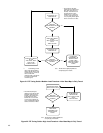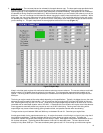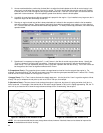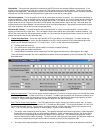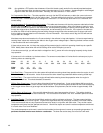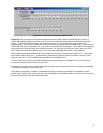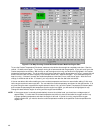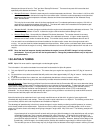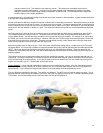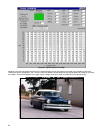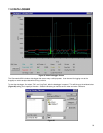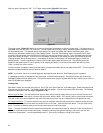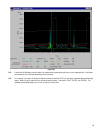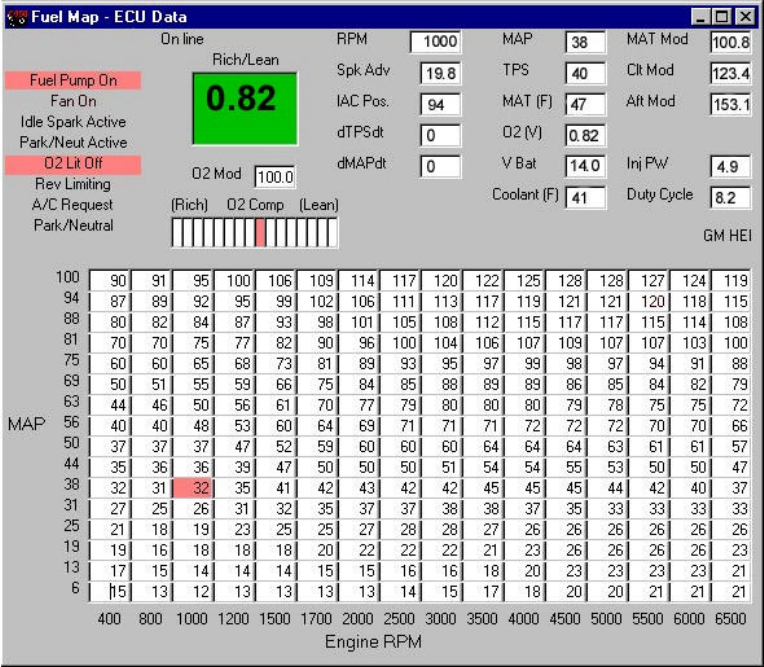
48
Figure 31 Fuel Map Showing Coolant Mod and Afterstart Mod After Engine Start
To tune the Coolant Temperature Enrichment, make sure the vehicle sits overnight to completely cool down. Start the
vehicle. If it stalls, start it again. Try to keep it running for a few seconds with the gas pedal. If you can’t at all, go to the
Coolant temperature enrichment. With the key on and the engine not running, see what cell is highlighted in the coolant
temperature enrichment table. This is the value that is being used at the engine temperature you are at. Increase this cell
and the cell to the left of it and the right by 5 (for example 120 to 125). Start the car again. Try to modulate the gas to
keep it running. If it doesn’t increase the coolant temperature enrichment 5 more, start the car again. After this much
change, it should be able to idle. If it doesn’t, you may need to now alter the after-start enrichment.
If the car was able to idle without adding any more coolant temperature enrichment or was ok after adding 5-10% more,
let the engine continue to warm up at idle. You can watch the coolant temperature enrichment on the data monitor. If at
any time during the warm up period the engine seems too lean or rich, go to the Coolant Temperature Enrichment table
and increase the percentage at the temperature that the engine is at (again, you will see that cell highlighted in red).
Change this area while the engine is running until the engine sounds better.
NOTE: If the oxygen sensor is correctly placed relatively close to the cylinder head, you should see a voltage output of
approximately .7-.9 volts when the coolant temperature enrichment is close to ideal after the oxygen sensor is up
to proper operating temperature and when the engine is still cold. If the car is running rough and the oxygen
voltage is below this, you need to raise the coolant temperature modifier at the particular coolant temperature the
engine is at.



